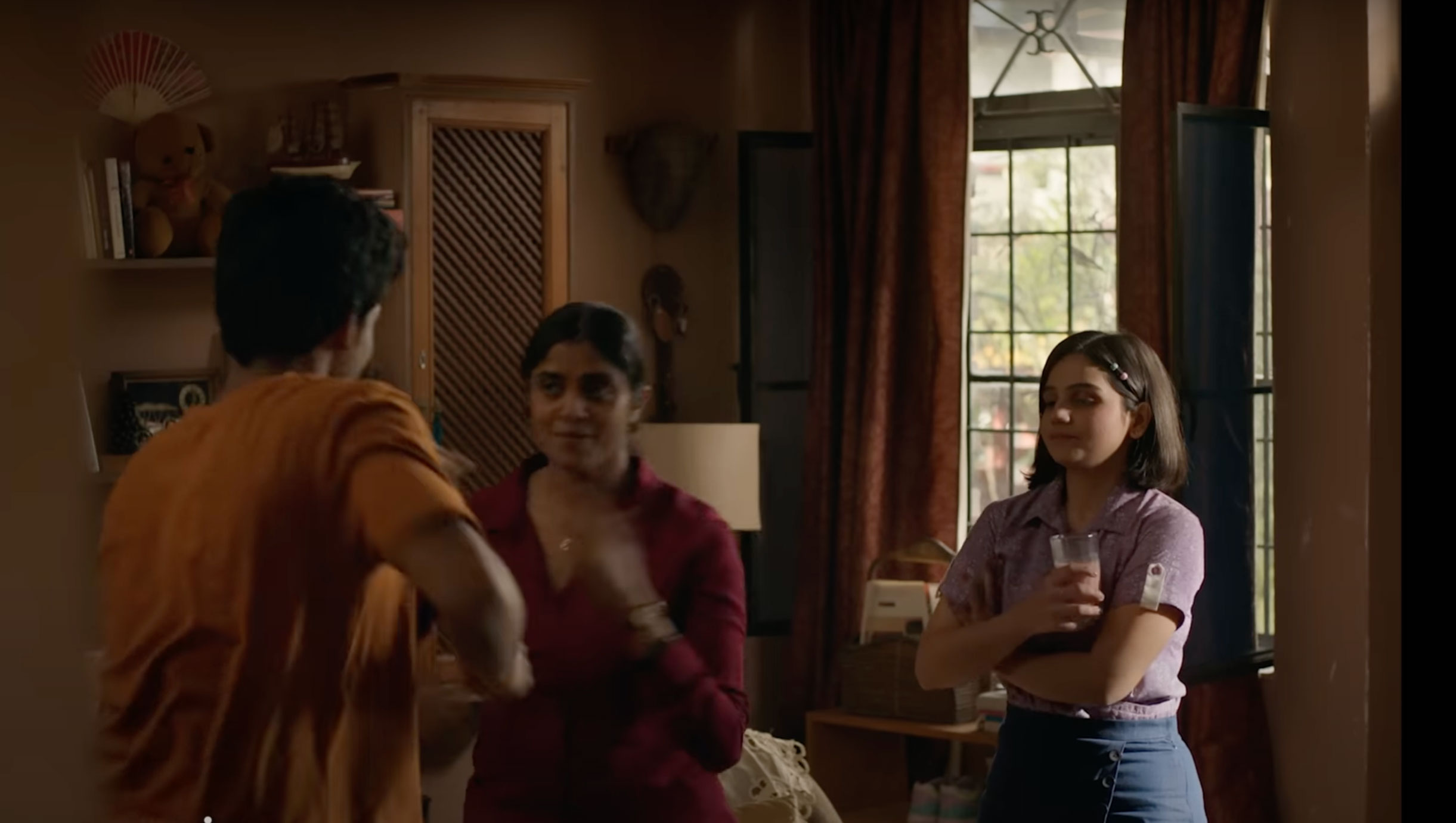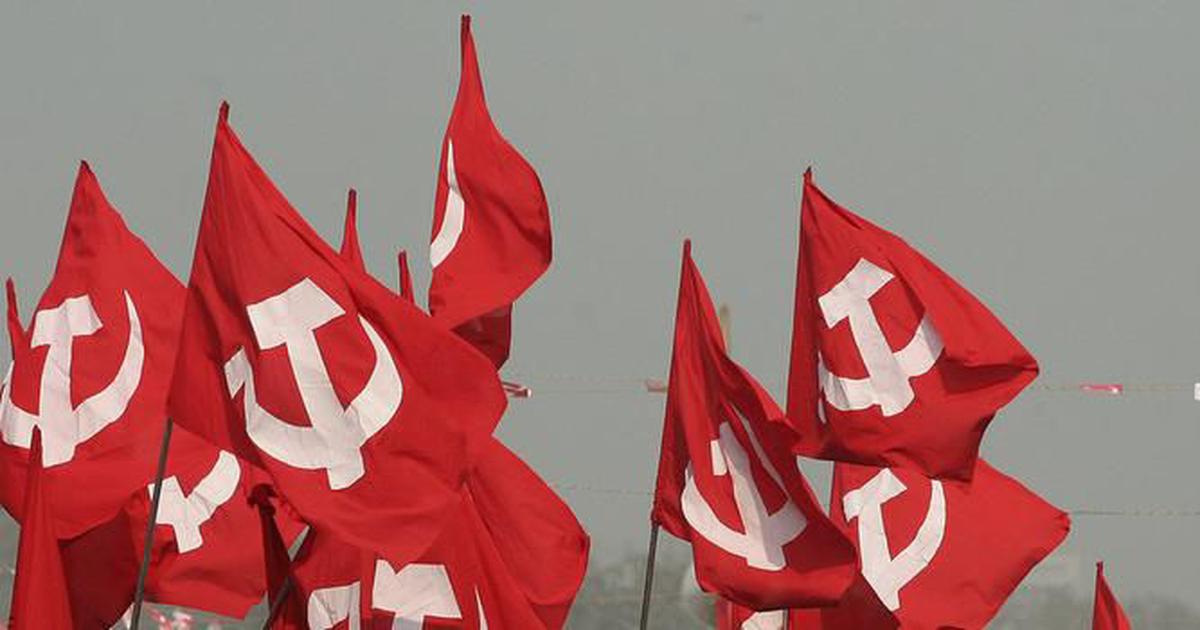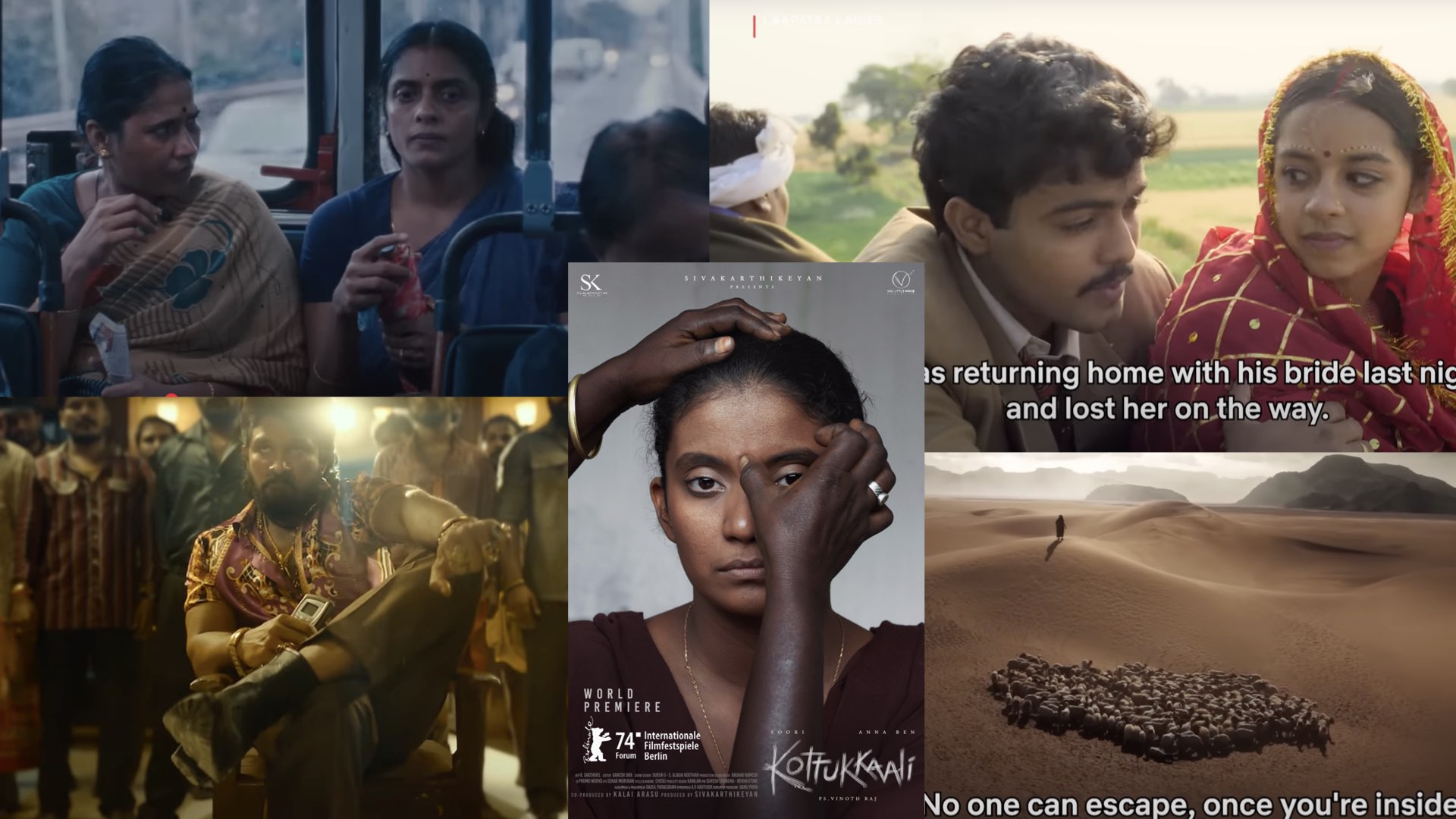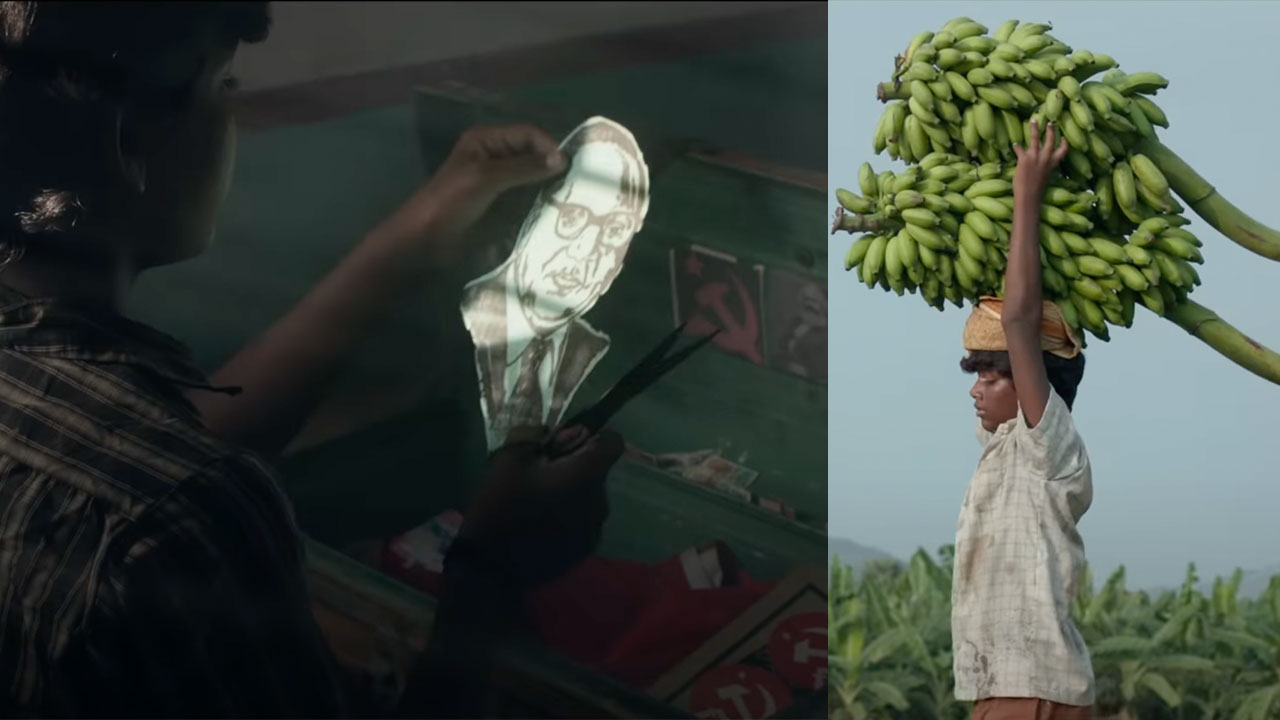Nowadays, intellectuals and film critics are debating the consistently lukewarm reception of Bollywood films. Even ordinary people who aren’t really known as experts when it comes to films are voicing their opinions on this topic on social media platforms. It can be argued that this is the worst phase of the Bollywood film industry where no formula to make films click at the box office seems to be working.
The reasons for the films’ failure are numerous and the failure cannot be brushed aside by claiming that they are art films intended exclusively for a limited audience and not for everyone – as they did receive bouquets and not just brickbats, in some circles. As popular Bollywood actor Sanjay Dutt wrote on social media about the failure of Shamshera, a Bollywood film released on 22 July 2022, “Movies are made for [the] audience to relish. And every movie finds its viewers, sooner or later. Shamshera will find its tribe someday but until it does, I stand resolute with the film … art and our commitment for it transcends the hate coming our way.” The question is, why did he need to put out this defence? Or use the hashtag “Shamshera is ours” along with this post? This was not the case earlier – films were supposed to belong to the audience, as they were made for them, not the filmmakers and the actors involved. For the filmmakers and actors to be protective about their films and indirectly blame the audience for not appreciating the art is to be condescending to the audience. Senior journalist Dilip Mandal commented on this film: “Made a film on Adivasis and Untouchables. Got the story written by Nilesh Mishra, dialogues by Piyush Mishra. Gave the lead role to a Kapoor, the female role also to a Kapoor. Got the direction done by a Malhotra, the music composed by a Sharma, and the cinematography done by Goswami. Everyone you encounter is determined to become the ‘voice of the voiceless’. Have some decency and think about those who fill the cinema halls.” Mandal thus raised an important concern about the representation and inclusivity in the Bollywood film industry. You may have an idea about the issue of untouchability or caste-based atrocities, but without involving people who have experienced relevant social realities, how could you expect your film that touches on issues pertaining to caste to be on the right track? The execution requires people from “lowered caste” backgrounds who have experienced these realities first-hand. Without their help, all the resources at your disposal are not going to bring out an accurate portrayal of caste society. You will thus need to open up your space to include people from diverse backgrounds.
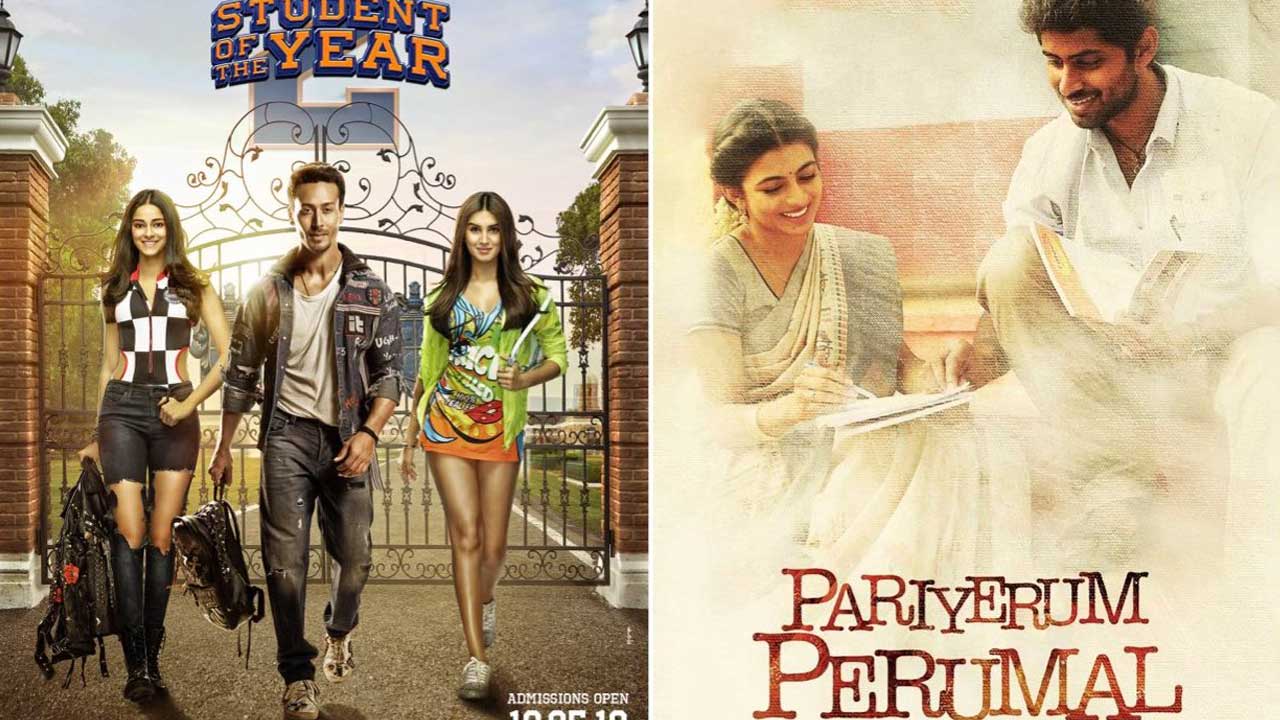
Purna Chandra, a research scholar based in England, points out the reason for decline in the popularity of Bollywood films: “Now people have more options, they don’t have to go to the theatre, the theatre has come to their doorstep. The OTT [Over-the-top] platform has largely shattered the hegemony of Bollywood. The conventional way of watching films has changed fundamentally, and content in Bollywood has eroded due to which audiences have shifted their interest from Bollywood to other regional cinemas.” With the introduction of the dubbing and subtitling industry, the reach of regional and international cinema has expanded. South Indian film industry always had rich content for their films but due to the language barrier and other financial limitations it could not earn pan-India appeal and taking advantage of this, Bollywood exploited the cinematic space. But now the scenario has changed. Considered to be the biggest star in Bollywood, the career of Salman Khan has also been revived through remakes of South Indian films such as Wanted. All the megastars of Bollywood are now failing miserably. Bollywood has started acknowledging South Indian films in their shows and events. Even in some Hindi reality shows contestants are making fun of Hindi films not doing well due to the popularity of South Indian films. Bollywood filmmakers have now started collaborating with South Indian stars and filmmakers. Actress Alia Bhatt starred in the recently released South Indian film RRR, Ananya Panday has acted in the upcoming Telugu film Liger, produced by Karan Johar, and Salman Khan has also confirmed his role in the upcoming Telugu film Godfather. These shifting dynamics show that Bollywood has fallen behind people’s expectations.
When filmmaker Anurag Kashyap was asked why Bollywood films are not doing as well as South Indian films, he said, “It is because our Hindi films are not rooted, this is the simple answer. When you see Tamil, Telugu, Malayalam films, they’re rooted in their culture, whether that’s mainstream or non-mainstream culture. But our films are not rooted, here, people who can’t speak Hindi, who speak English, are making Hindi films.”
I don’t think it has to do with speaking the language as much as being affected by the culture. South Indian films entertain but they also overtly reference local, social issues. However, Bollywood films are unable to deviate from their formulaic ways. You can clearly see the difference between Pa. Ranjith/Mari Selvaraj’s Pariyerum Perumal and Karan Johar/Punit Malhotra’s Student of the Year. The college depicted by Johar is not something the masses can identify with whereas the college in Selvaraj’s film feels close to the Tamil social context and people.
Forward Press also publishes books on Bahujan issues. Forward Press Books sheds light on the widespread problems as well as the finer aspects of Bahujan (Dalit, OBC, Adivasi, Nomadic, Pasmanda) society, culture, literature and politics. Contact us for a list of FP Books’ titles and to order. Mobile: +917827427311, Email: info@forwardmagazine.in)
The titles from Forward Press Books are also available on Kindle and these e-books cost less than their print versions. Browse and buy:
The Case for Bahujan Literature
Dalit Panthers: An Authoritative History




